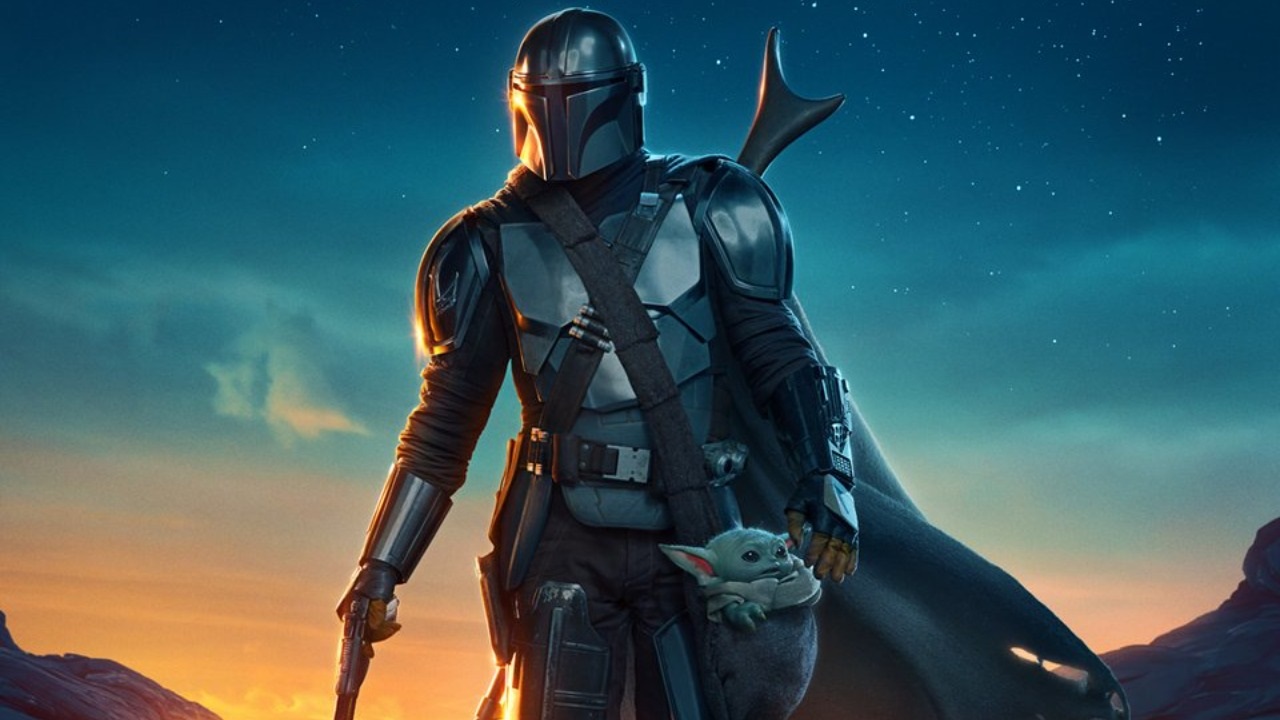Table of Contents Show
Over the past several years, there has been no shortage of remakes flooding both big and small screens. Given the dwindling supply of original content, some audiences are growing tired of seeing so much recycled storytelling. One popular exception is The Mandalorian. Even though it is another spin-off set in the Star Wars universe, The Mandalorian has been widely praised by new and existing fans. What makes it a successful spin-off? The Mandalorian succeeds because it presents an original, character-driven story rather than digging deeper into established characters and locations in the Star Wars canon.
Same Universe, New Characters
Much of the Star Wars content outside of the original trilogy has dealt with familiar characters or situations. The prequels document the fall of Anakin Skywalker, The Clone Wars television show follows Anakin and Obi-Wan in the time before Revenge of the Sith, and spin-offs like Rogue One and Solo delve into familiar characters or important events directly related to the original trilogy. The Mandalorian differs in that it focuses on a completely new character whose actions don’t yet relate to the established Star Wars arc.
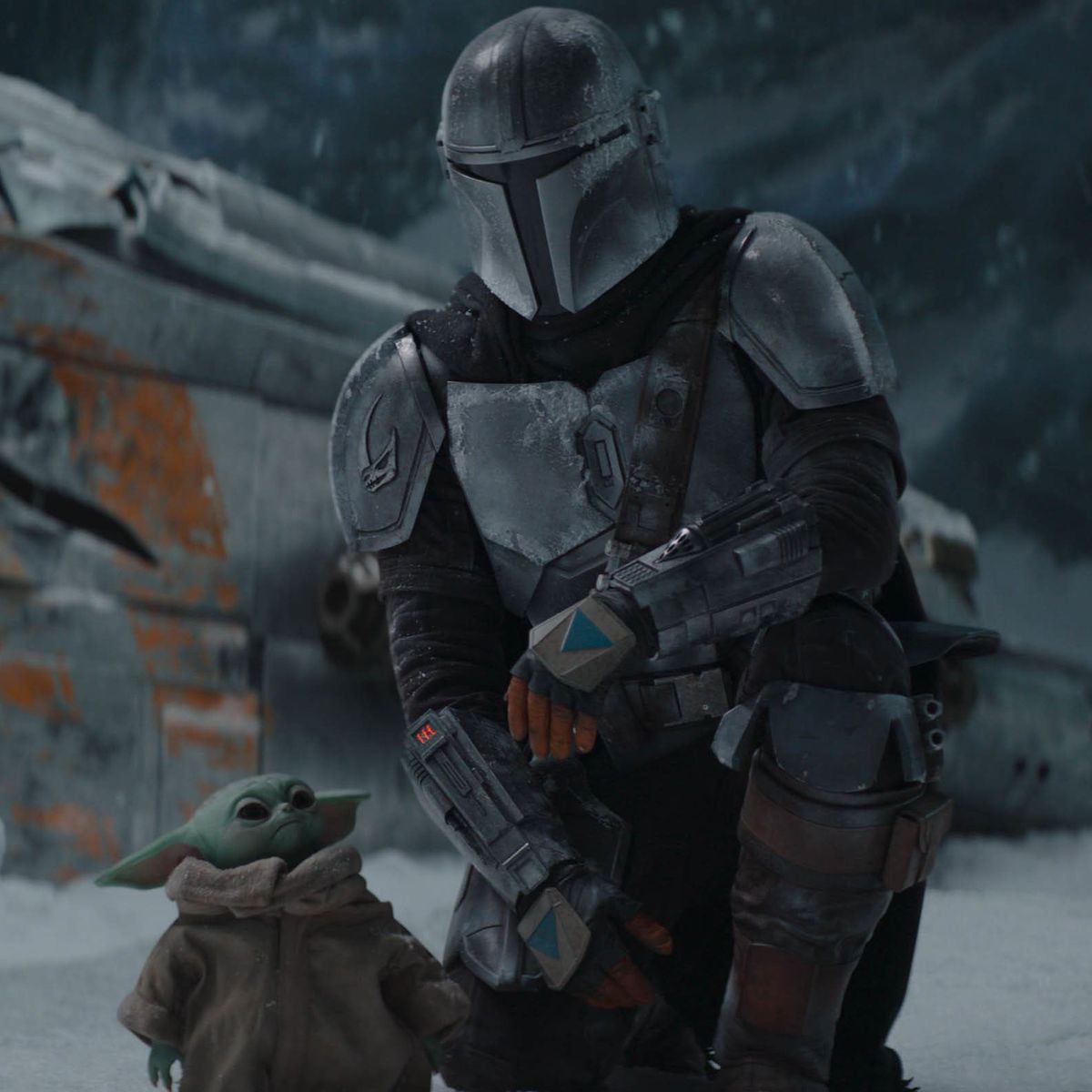
The protagonist of The Mandalorian is Din Djarin, a bounty hunter who is part of an underground Mandalorian society on the planet Nevarro. Although Mandalorians have been important in the movies and in The Clone Wars, Din (more commonly referred to as Mando) is not associated with them and doesn’t make contact with them until the second season.
Rather than causing a reduction of interest in the show, the focus on a new character prevents the story from seeming extraneous and stale. For example, Solo doesn’t contribute much to the overall understanding of Han Solo’s character, so some fans were comfortable forgoing it. By contrast, The Mandalorian is closer to an original story than it is to a spin-off, making it seem like something that can’t be missed rather than something that has little significance.
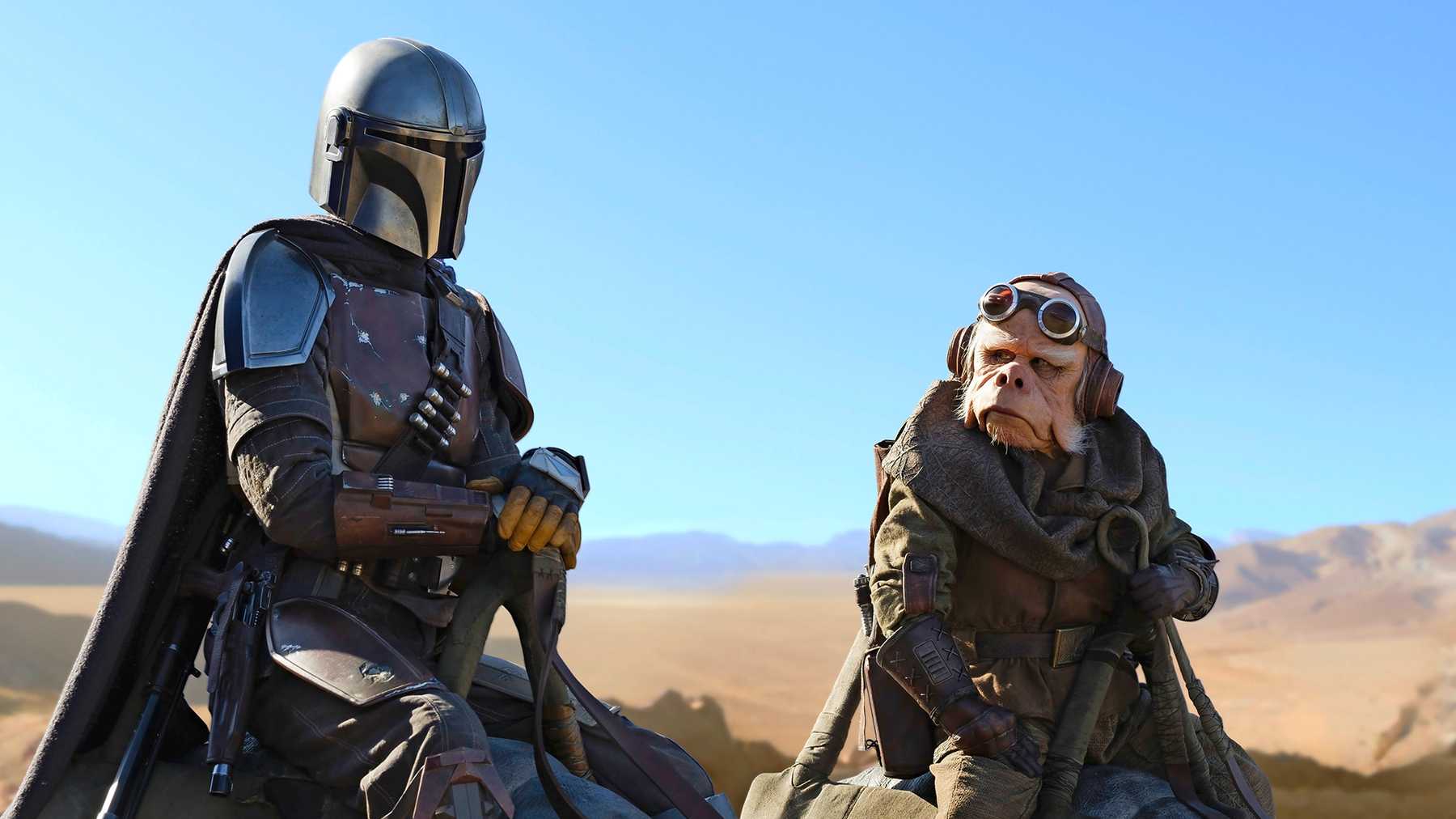
This was also a smart move because it utilizes one of the major advantages of Star Wars: there’s an entire galaxy’s worth of stories to tell. The possibilities are so bountiful that constantly recycling old characters and locations would start to make the universe feel narrow and dull. By expanding into unfamiliar narratives rather than revisiting known ones, the show preserves the sense of vast opportunity that makes Star Wars so appealing. In this spirit, The Mandalorian introduces several new supporting characters as well. Additions like Cara Dune, Moff Gideon, Fennec Shand, and Grogu each give the show more importance because of its novelty and the sense that the viewer is witnessing an untold yet relevant story.
Limited Fanservice
Of course, it wouldn’t be Star Wars without some important cameos. Boba Fett, Bo-Katan Kryze, Ahsoka Tano, and Luke Skywalker all make an appearance, mostly in season two. These are all capable fighters who play a vital part in other Star Wars content. However, they rarely overshadow Mando. Even though they may be more knowledgeable or skilled in combat, they don’t reduce Mando’s agency or take over the story.
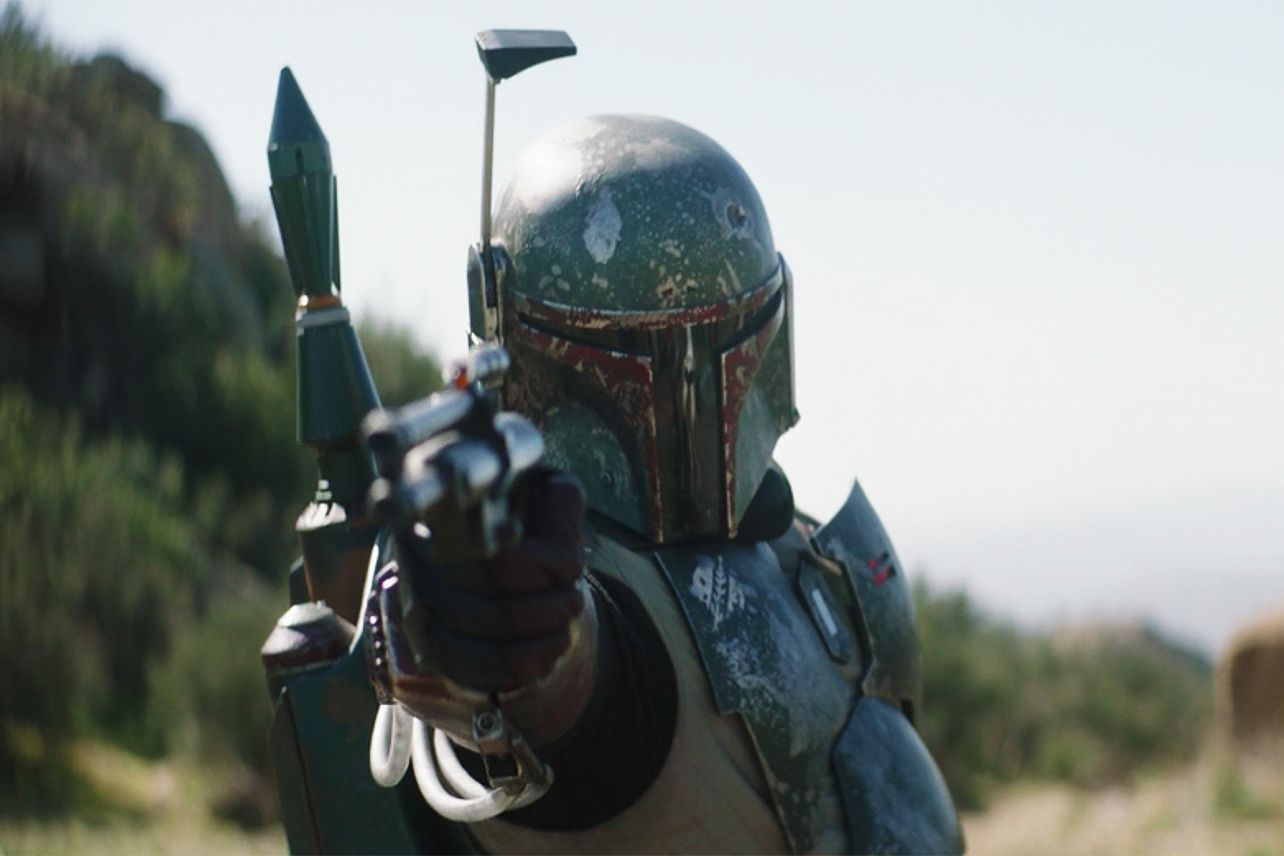
Instead, these characters’ inclusion helps tie in past and present events and gives The Mandalorian a bigger scale. Part of this is undoubtedly promotion for upcoming spin-offs, but they also hint at bigger stakes to come. They also contribute to Mando’s likability by association with popular characters. Furthermore, Mando usually doesn’t know these famous characters, so audience members who aren’t familiar with Star Wars lore are able to learn about them with him. The show still runs some risk of getting bogged down by lore and tie-ins, but so far, these cameos have been incorporated wisely.
Strong Emotional Core
The Mandalorian has skillfully handled its characters, both old and new. Unfortunately, the same cannot be said about the plot. The first season has minimal direction and quite a bit of filler, and the second season comes across as a string of side quests with a few cameos thrown in. However, what holds it together is the emotional core of the story. Ultimately, The Mandalorian is about a father doing all he can to protect his adopted son.
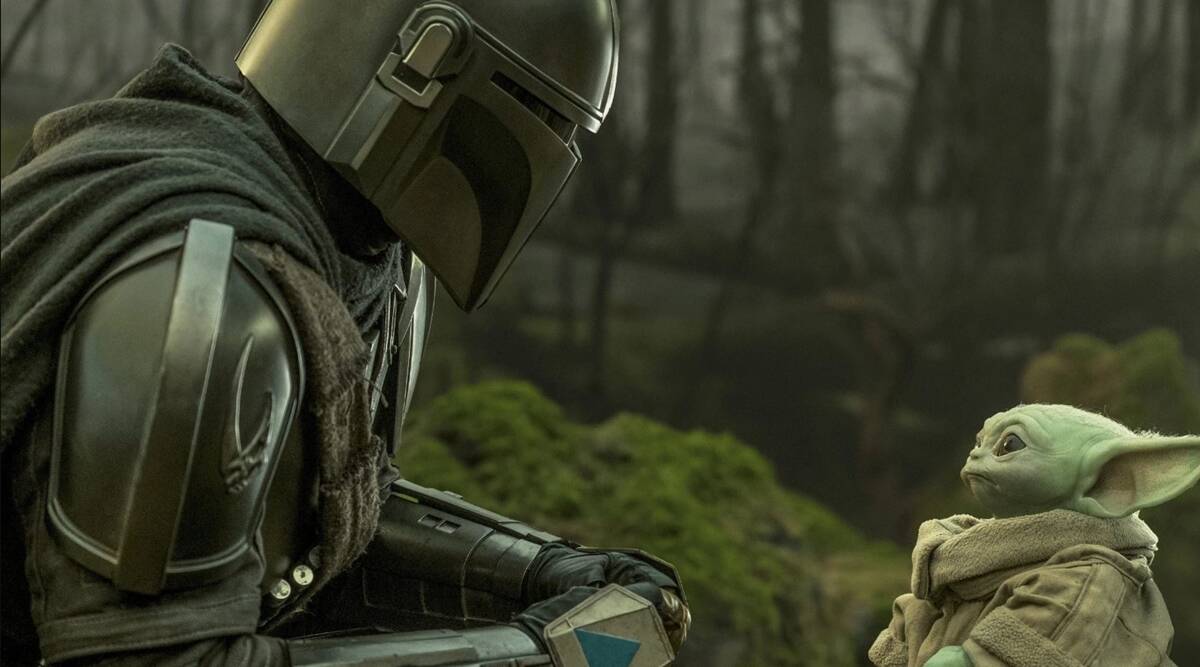
For example, Mando and Grogu’s connection is established in the first episode, where the former views the latter as a target yet protects him from a bounty droid. As the series progresses, Mando’s attempts to keep Grogu safe get more and more drastic. Since the show is fueled mostly by Mando’s desire to keep Grogu safe, it enjoys a character-driven storyline that mostly makes up for repetition and stagnation in individual episodes.
For audiences to become invested in a character-driven story, they must like the protagonist well enough to care about their motivations. Whereas some spin-offs take it for granted that the audience will like a character because they’ve been established elsewhere, The Mandalorian does the actual work of making its characters sympathetic. Mando’s willingness to upend his job to protect Grogu is one of the first things that increase sympathy for him. This only strengthens as the audience watches him face the struggles of suddenly becoming a first-time, single parent.
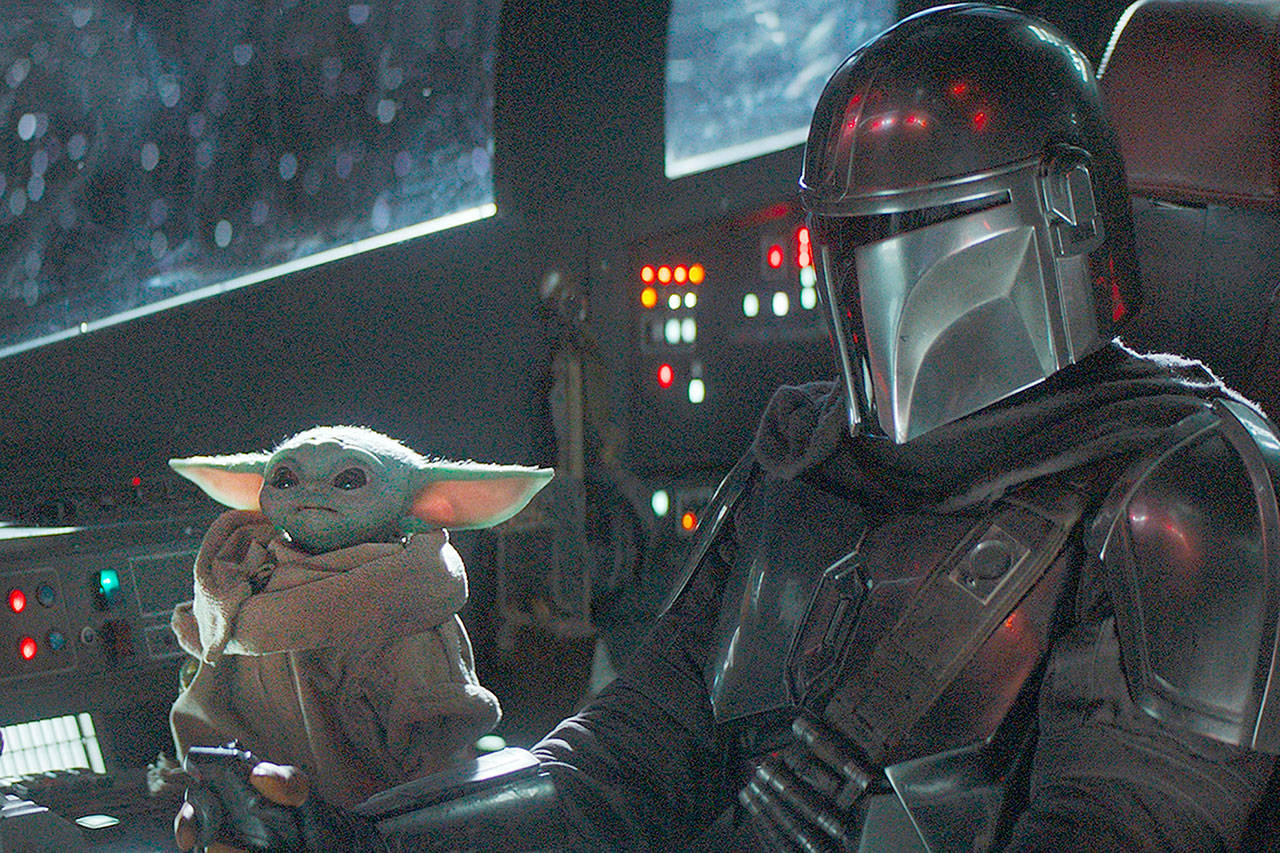
Not all of Mando’s likability comes from his relationship with Grogu. Crucially, Mando is established as someone skilled but not superhuman. Although he is good at what he does, he faces enough challenges to maintain relatability. Furthermore, he is also remarkably honorable regarding his promises to others. Much of the second season involves Mando spending an entire episode helping someone in exchange for a scrap of information. Often, those he helps ask more of him than he agreed to or even refuse to hold up their end of the bargain. Although these constant side quests don’t help the plot, Mando’s determination to honor his word even when others will not greatly strengthen his character.
Nuanced Atmosphere
Despite its focus on new characters and locations, The Mandalorian is undoubtedly Star Wars. It manages to recapture the original trilogy’s distinct feel without seeming derivative or relying too heavily on familiar locations. Each new world maintains the dusty, worn-out aesthetic that made the original’s universe so groundbreaking. The use of practical effects and animatronics contribute to this effect and preserves the tangibility of Star Wars. The show even continues the inaccurate yet iconic tradition of featuring planets with a single ecosystem.
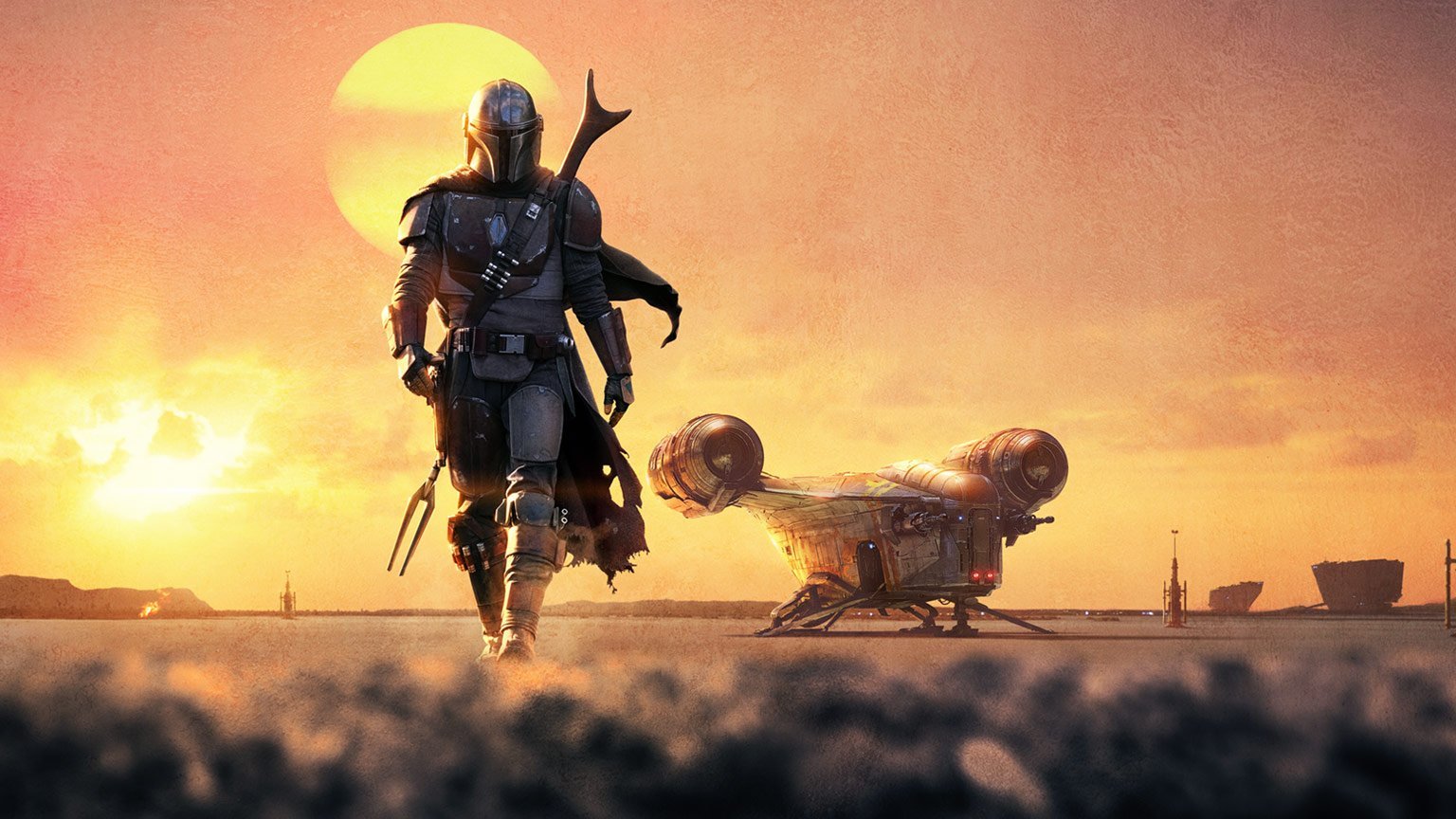
Not only this, but The Mandalorian embraces a strong Western aesthetic that makes it distinctive. The sandy squalor of Tatooine is one of Mando’s only repeat locations, which naturally creates similarities with the lawless wilds of Western movies. Furthermore, new planets like Nevarro, Trask, and Arvala-7 hold the same disheveled familiarity. In many ways, Mando is modeled after a typical Western hero, especially with his nomadic ways, weaponry, and tattered cape. One episode is even titled “The Gunslinger.” The original Star Wars trilogy does have some Western elements, but The Mandalorian capitalizes on these and forges its own unique feel.
The Mandalorian’s Future
The Mandalorian is perhaps the best type of spin-off that features new stories in a beloved world. So far, the show has created an atmosphere that is distinctive yet consistent with the Star Wars universe. Its decision to highlight and develop new characters is perhaps one of the biggest draws. The Mandalorian earned its popularity with a strong core and balanced connections to the canon, but it may face some challenges after what happened in the season two finale.
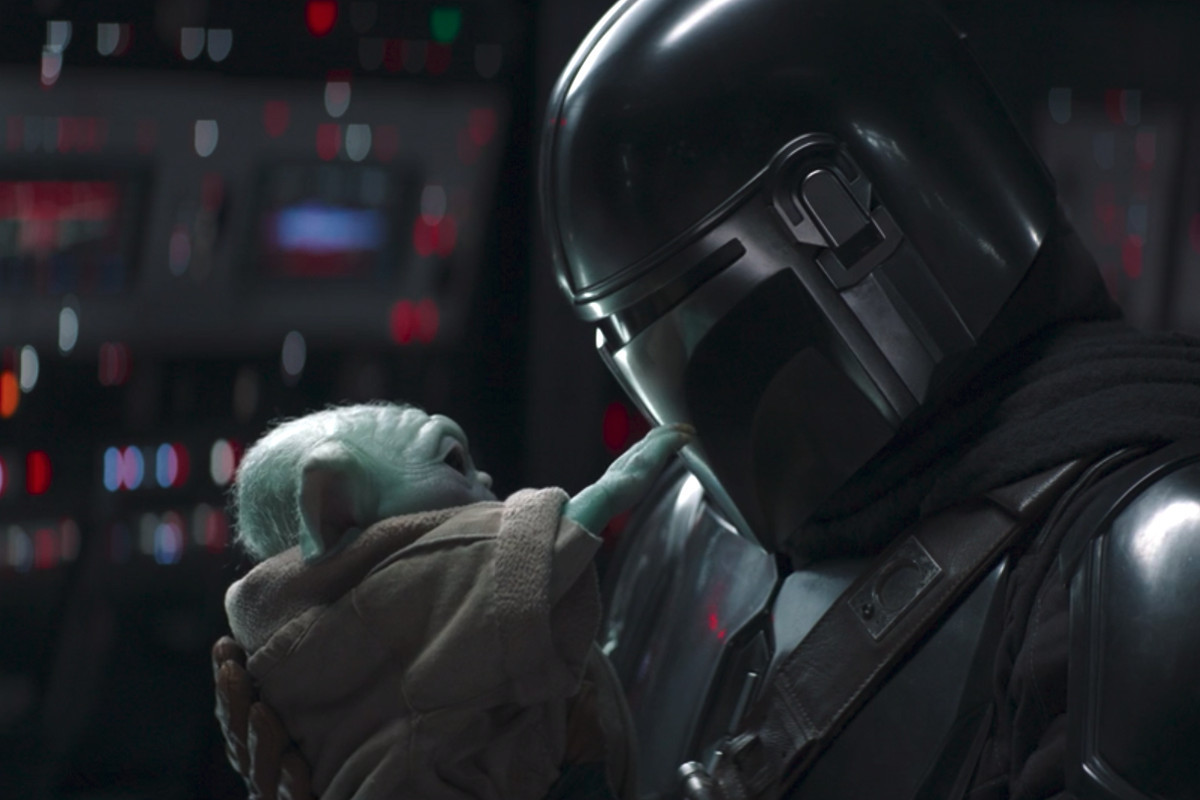
Now that Mando and Grogu are separated, The Mandalorian’s writers need to tighten their plotting to make up for the loss of the story’s emotional heart. Audiences may be less forgiving of side quests without Grogu’s adorable antics to distract them. It appears that the Darksaber and the quest for the Mandalorian throne will take a central role in the next season, which is a promising new direction for the show, but it does raise some issues regarding Mando’s character.
Even though Mando possesses the Darksaber, he has made it clear he doesn’t care about ruling Mandalore. This apathy presents a problematic mismatch between the new season’s plot and the main character’s motivations. If Mando doesn’t care about the events surrounding him, he risks becoming a passive character. The show’s creators may have difficulty finding a convincing reason for him to become invested in the conflict for the throne, especially since so much of his character was built up around his connection to Grogu.
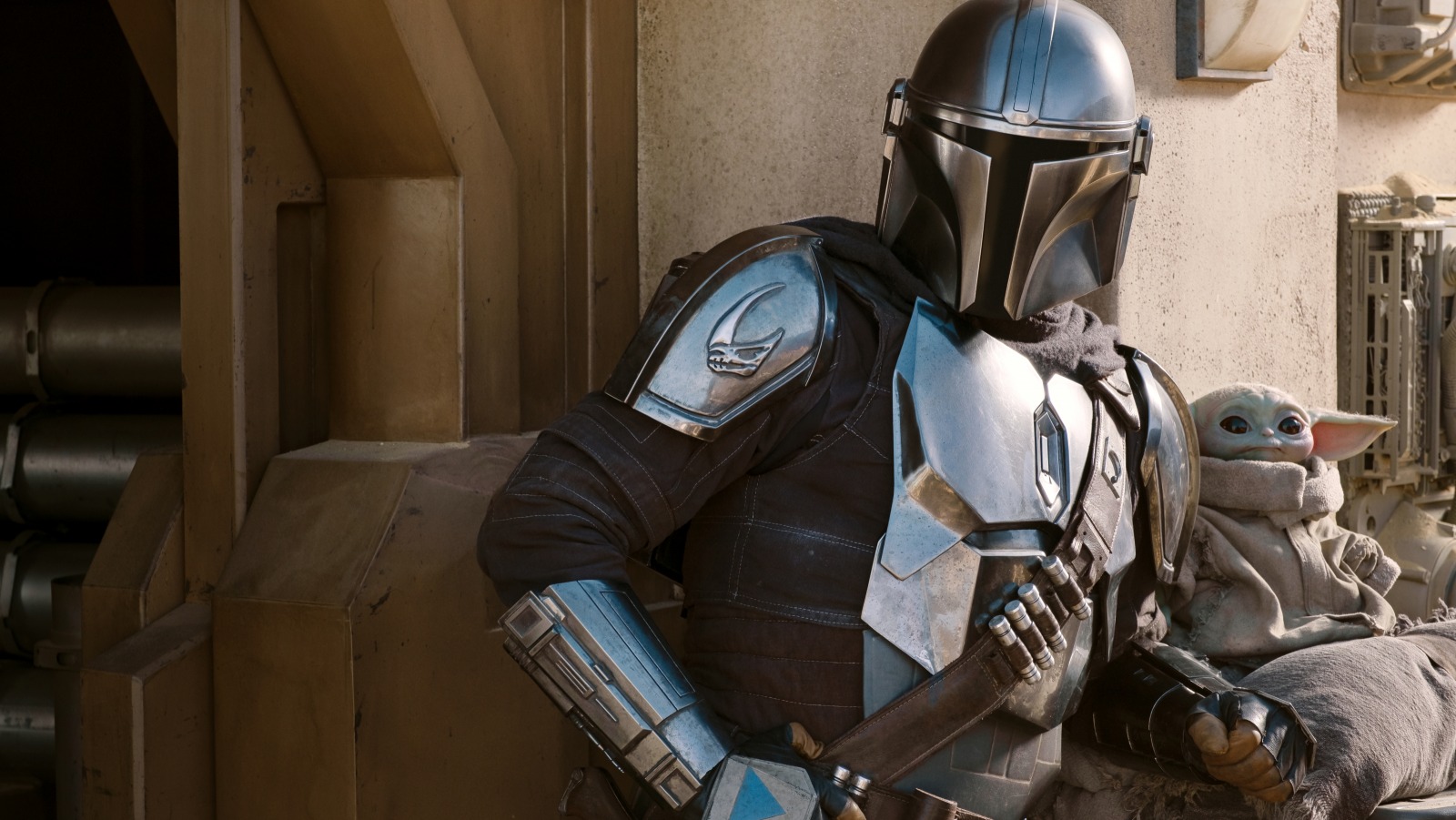
Despite these potential issues, The Mandalorian’s future seasons are promising, given its success so far. The show has stood out among other spin-offs by honoring the old yet embracing the new. Instead of picking through the lore and answering questions of little significance, The Mandalorian creates an original story that carefully incorporates familiar people and places. Hopefully, it will continue this trend in upcoming seasons and serve as an example for other remakes.
